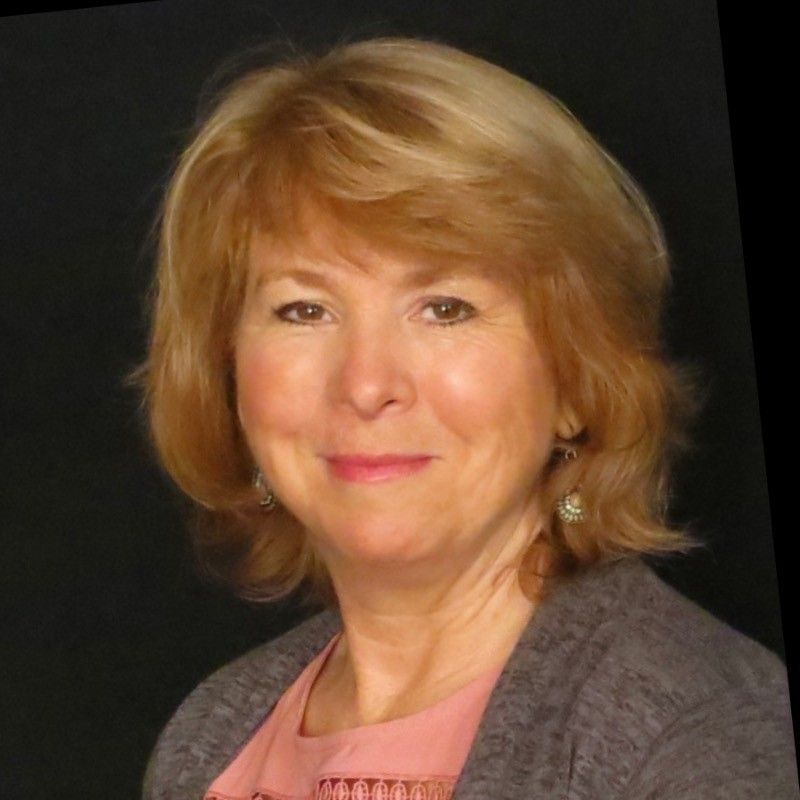Snapshots
Jan 10
/
Katie Skurja

It has been almost a year since my father died from COVID-induced pneumonia. Within hours of his passing, my siblings and I started posting pictures, memories, and dad-isms on our family group chat. With each snapshot of his life, I found my mind drifting to various memories attached to the event depicted. Some of them filled me with joy and others were laced with sorrow or tinges of regret. He was a complicated man whose life cannot be captured with any single angle of the camera lens.
If someone who had never heard of Jesus before read only the story about him making a whip and turning over the tables in the temple, it would be easy to conclude he had a bad temper or was some kind of tyrant. Now imagine this same person reading the scathing things Jesus said to the Pharisees in Matthew 23 or the line about violent men taking the kingdom by force. One might even think he was the kind of messiah the Hebrew people were hoping for – the kind who would raise up an army and overthrow the Roman rulers. This Jesus must be some kind of badass warrior.
Imagine a different scenario wherein the only story a person heard about this Jesus was of him being born in a stable among the animals. This is the man who is the supposed to be the Son of God? What if the next story this person read is about Jesus tying a towel around his waist and washing his disciples’ dirty feet. The conclusion would be very different. What kind of leader does that? Even more alarming, what kind of God does that? These stories could paint a picture of a lowly, self-deprecating servant. This Jesus would hardly seem like the kind of figure one would trust to lead others out of captivity.
In order to get a fuller picture of who Jesus is, one needs to consider not only all the stories, but understand the stories in the context of time, place, and the larger arc of the story starting in Genesis.
The writer of Hebrews tells us Jesus was like us in every way, yet without sin. How much more do we need to consider the range of stories for us mere mortals who are finite, fallible, and prone toward going off the rails in various ways? With a few carefully selected snapshots of a person, we can paint a picture of a saintly person whose virtues rival that of Mother Teresa. By selecting other stories, we could easily paint a picture of a villain who deserves scorn at best and the painful torment of hell at worst. One might even believe such a person deserves no mercy. Without all the stories, it is exceedingly easy to fall into the trap of creating a one-dimensional portrait of a person.
In order to understand the complexities of a person, we need to consider both the light and shadow areas of the stories. When taking a literal snapshot of a person, too much light exposure will cause a photo to be washed out, flat, and uninteresting. Not enough light will make it unable to distinguish the details. As every artist knows, both shadow and light are needed to create a good portrait. The positive spaces are defined by the negative spaces.
As my siblings and I have navigated the season of sharing stories and snapshots from the life of our father, each one is part of the portrait of a man inside a larger story of humanity. We all are like sheep who have gone astray, turning to our own way, thinking we know better or have it all figured out. Even when we know it in our heads that we need God, our hearts do not always surrender to the One who is greater than us all.
In the late 90’s, my siblings and I wrote tributes for our parents as part of a family reunion. Though we wrote them independently of one of another, there were themes that emerged about our father. He loved God and wanted to serve the world through his architecture. He loved his children and encouraged us to love and support one another. From our father, we inherited a collective love of nature, learning, music, art, and travel. We share fond memories of him making thin pancakes with sour cream and applesauce on Sunday mornings, of taking us camping and making Hobo Joes over the coals, and the many trips to our friends’ cabin in the woods. He seemed to have a joke for every occasion, he loved to laugh, and celebrated good food with enthusiasm. These are all true snapshots of my dad.
There are other stories that tell of another side of the man who was larger than life. Most who knew him would agree that he had a stubborn streak as wide as the Mississippi River. “I Did It My Way” could be one of his theme songs. Though he and my mother were featured as a happy young couple in a marriage retreat brochure, my siblings and I all bear scars of the many painful scenes between them as the marriage fell apart. Our loving father could also be cruel, manipulative, controlling, and bitter. Perhaps no one knew this side of him more than our mother, who nevertheless loved him to her dying day. These snapshots are also true of my dad.
Without all the stories, we cannot embrace him as a beloved child of God, imbued with the divine image, who is also a fallible human being in need of God’s grace… just like the rest of us. Without all the stories, we cannot understand the need for forgiveness. Only when embracing all of who he was in life can we trust his entirety to God’s embrace. When holding all of who he was, we also join with God’s embrace of OUR whole selves.
As we enter the new year, may we endeavor to embrace the fullness of who we are, both light and shadow, with grace and truth. Lord, make us instruments of your peace.

Katie Skurja
Catherine “Katie” Skurja is the founder and director of Imago Dei Ministries. Deeply rooted in and dedicated to Trinitarian principles, the ministry’s purpose is to help people everywhere engage in a Christ-centered healing process that transforms relationships with God, self, and others. Her greatest passion is to accompany people in the journey of discovering who they are in their Imago Dei (image of God). With training as a counselor, spiritual director, and in the work of inner healing prayer, Katie combines the three disciplines to help guide people through the layers of false self and shame in order to bring about the integration of the whole person. Katie and Jim have been married for 33 years and have two grown sons as well as a few “adopted” daughters with whom they share life. She loves to garden, hike, walk on the beach, cook, and read.
Catherine “Katie” Skurja is the founder and director of Imago Dei Ministries. Deeply rooted in and dedicated to Trinitarian principles, the ministry’s purpose is to help people everywhere engage in a Christ-centered healing process that transforms relationships with God, self, and others. Her greatest passion is to accompany people in the journey of discovering who they are in their Imago Dei (image of God). With training as a counselor, spiritual director, and in the work of inner healing prayer, Katie combines the three disciplines to help guide people through the layers of false self and shame in order to bring about the integration of the whole person. Katie and Jim have been married for 33 years and have two grown sons as well as a few “adopted” daughters with whom they share life. She loves to garden, hike, walk on the beach, cook, and read.
https://www.idmin.org/

